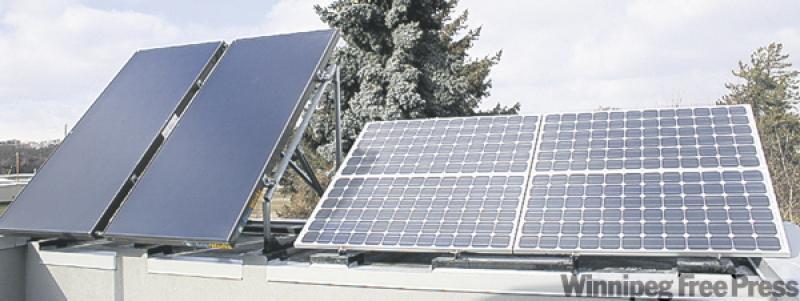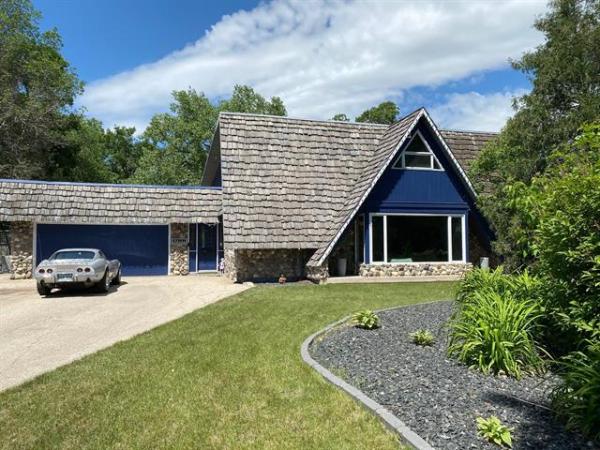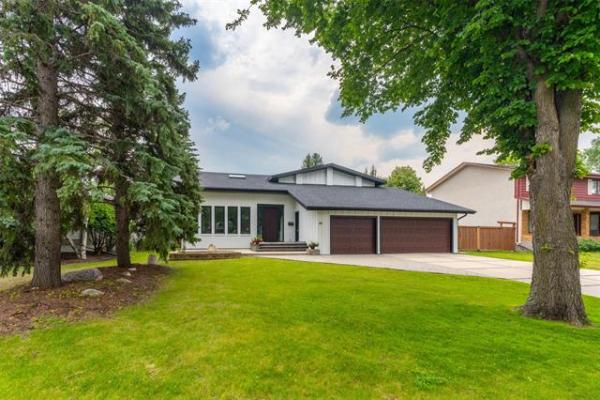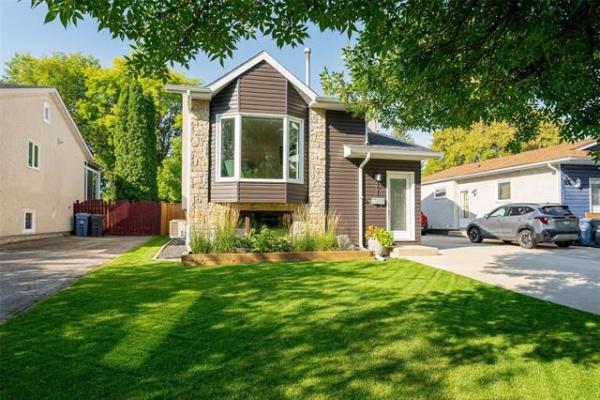There is more energy reaching Earth from the sun every day than we could ever use. It's free, safe and endlessly renewable. Why wouldn't you want to take advantage of it?
Getting the power for your home from the sun isn't rocket science. With the fluctuating costs of oil and gas to heat your home, not to mention the emissions and environmental damage created when using typical heating methods, solar power allows homeowners to lock into unlimited and uninterrupted power. Once installed, solar panels are virtually maintenance-free and there are even some government programs out there that will actually give you tax incentives and rebates if you adopt solar technology.
There are two basic ways to harvest power from the sun: solar photovoltaic panels (PV) that convert light from the sun into electricity, and solar thermal collectors that use energy from the sun to heat water or another fluid for heating your home, or preheat your home's hot-water tank. I've used both types in building projects and highly recommend you use both.
Solar thermal is very cost-effective. Preheating your hot water for showers, dishwashing and laundry using solar power can save up to 50 per cent of your water heating bill. And, if you are able to use solar thermal in connection with radiant floor heating, you'll save even more.
Solar photovoltaic (PV) panels have a rating in watts based on the maximum power they can produce under ideal sun and temperature conditions. You can use the rated output to help determine how many panels you'll need to meet your electrical needs. You'll need to figure out your weekly and seasonal energy usage (check your utility bill for your monthly usage.) To compensate for wire loss, roof shading, poor weather conditions and battery loss, experts say you should double the wattage calculated to guarantee your supply.
I like to see solar electric used with a battery backup system, so that excess power is stored and then available at night. That makes sense to me.
Without backup, you have to use power from the grid at night and that cuts your energy savings. If you have a backup system, it will also provide power in the event of a power failure. And, in some areas, when the backup system has reached its storage capacity, the excess energy is sent back to the grid, further reducing your energy bill.
A 100-watt PV panel can produce around 400 watt-hours of power per day. An average home might use about 25,000 watt-hours per day or more. That means you'd need 62 PV panels to provide enough electricity. That's a lot and the payback takes time. And that's one of the reasons why you don't see more rooftops with solar panels.
There's a lot of debate about the payback period on green building technologies like solar PV or thermal systems. It can cost thousands of dollars for a relatively small retrofit and a lot more than that for a large custom designed and installed system. People question whether they'll get their money back when they sell, or how long it will take to account for the initial cost and see real dollar savings. But, I believe you need to look beyond just dollars when you are thinking of the return on your investment. Solar technology is an investment in your quality of life, in your community and in the environment.
This is not a do-it-yourself project. Make sure you should have a certified solar-energy installer check your system size and work with you to determine your exact needs before you make the big investment.
Installing solar panels or solar thermal preheating is a great choice to make. It's the right choice. It's reliable, free, and what you pay to harness it will be paid off over time. And any power from other sources that you are able to offset by changing to solar helps the environment.
Watch Mike Holmes take on the biggest challenge of his career in Holmes in New Orleans on HGTV Thursdays at 8 p.m. ET/PT. Visit www.hgtv.ca/neworleans for more information.




